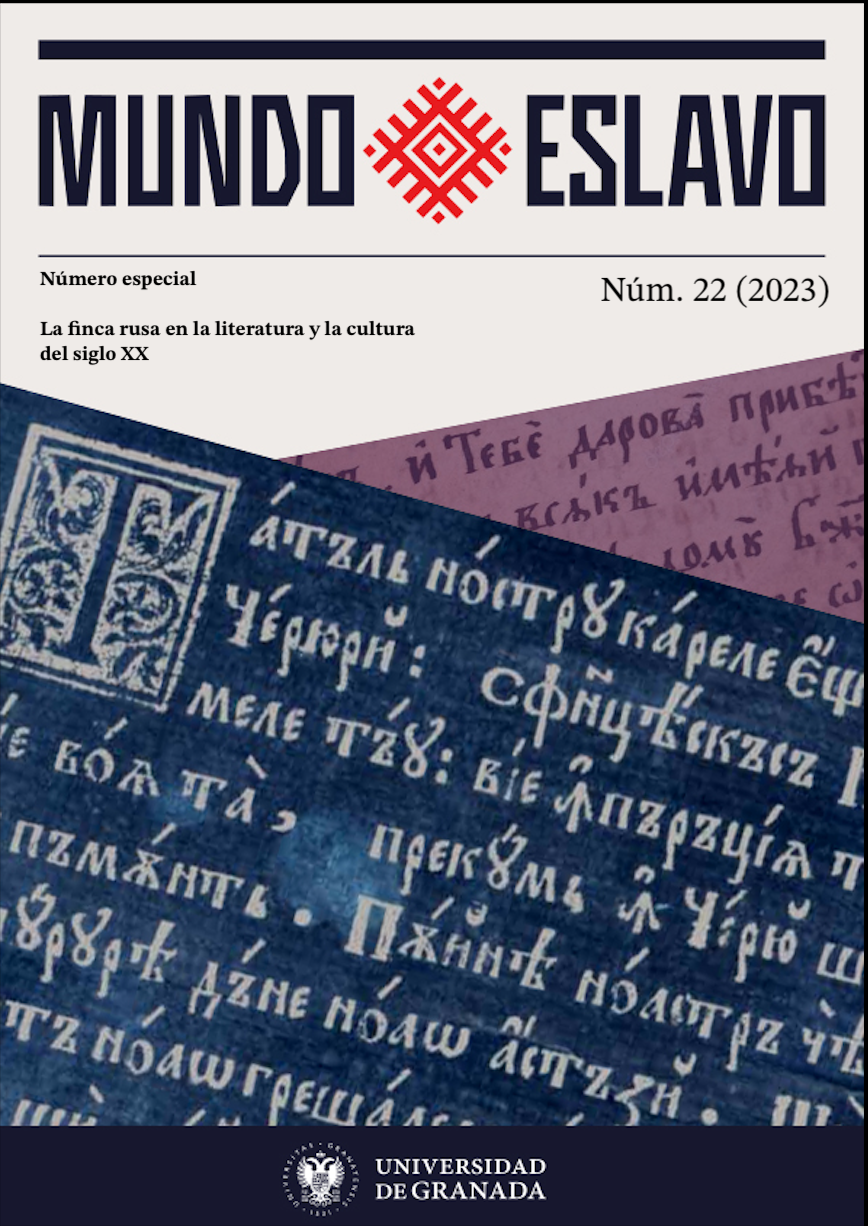Semiotics of English Stately house in the early twentieth century: Darlington Hall in novel by Kazuo Ishiguro «The remains of the day» and in film by James Ivory.
DOI:
https://doi.org/10.30827/meslav.22.25983Resumen
The Stately-house novel takes a special place in the English classical literature. The estate here is of key importance in the image-structure of the work. The world of an English estate is reflected as a multifaceted text, extremely enriched with cultural signs. Novel by Kazuo Ishiguro «The Remains of the Day» can be regarded as one of the examples of typical British aristocratic prose. The narrator and protagonist of the novel is a butler, who serves in the large English Stately home Darlington Hall. The family estate is considered by the hero as a symbol of order and harmony, and at the same time it personifies the ideal world of the past that is gradually fading away after the Second World War. In 1993 the director James Ivory made a film based on the Ishiguro’s novel. He created different visual images of an English estate on the screen with particular accuracy. Fictional Darlington Hall is a combination of several Stately homes located in the south-west of England. The novel by Kazuo Ishiguro and the film by J. Ivory are memories of a bygone era of British Empire.
Descargas
Descargas
Publicado
Cómo citar
Número
Sección
Licencia
Derechos de autor 2023 Mundo Eslavo

Esta obra está bajo una licencia internacional Creative Commons Atribución-NoComercial-CompartirIgual 4.0.
Los autores conservan los derechos de autor sobre sus trabajos y garantizan a la revista el derecho de ser la primera publicación del mismo. Los artículos se publican bajo la licencia Creative Commons Atribución-NoComercial 4.0 Internacional (CC BY-NC-SA 4.0), lo que permite a los lectores y otros investigadores copiar, redistribuir, remezclar, transformar y construir a partir del material, siempre que se respeten las condiciones establecidas.













